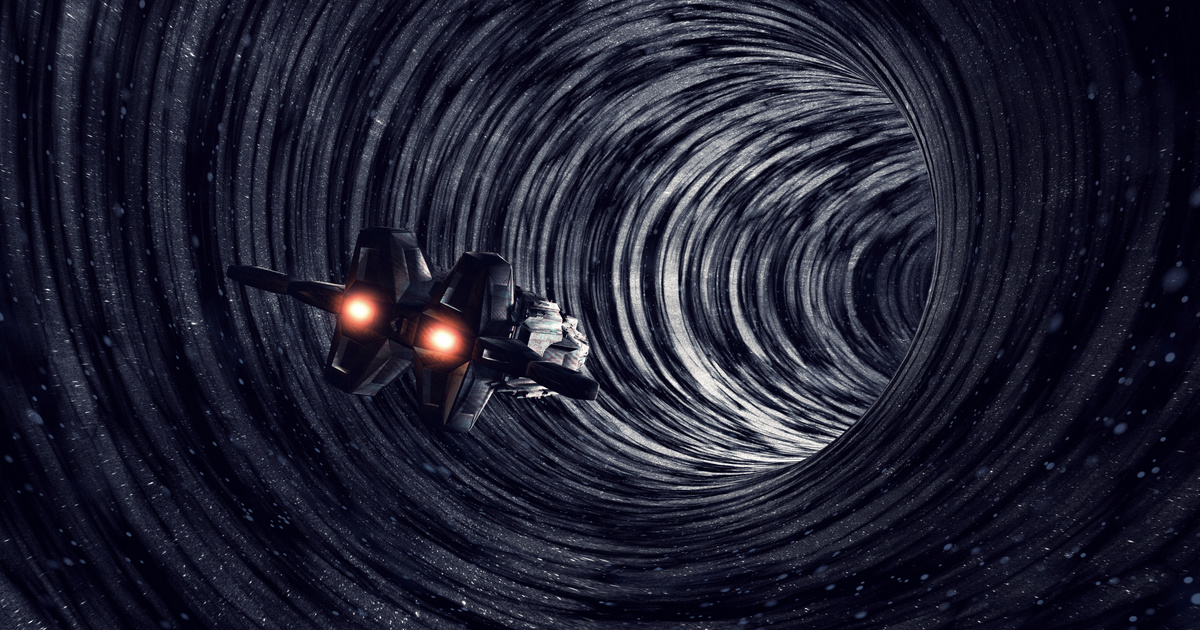Researchers at MIT, Caltech, and Harvard have modeled a quantum system in which quantum information travels as matter in wormyin. Basically experience today one of the biggest unsolved problems in physics, Resolve the contradiction between the worldview of general relativity and quantum mechanics.
In 1915, Einstein’s general theory of relativity explained gravity through the effect of mass on the curvature of space-time. He and colleague Nathan Rosen described their theory in 1935, according to which wormholes connecting two distant points in space could exist under extreme conditions. Einstein-Rosen bridges can connect the centers of black holes—but in science fiction, wormholes, which allow faster-than-light travel, are untraversable, either because of their size or the properties of black holes that crush matter and stop time. .
Two physicists, Juan Maldacena and Leonard Susskind, came up with a theory in 2013 that combines wormholes with another obscure Einstein theory, quantum particle entanglement. The gist of this is that a wormhole created by intense gravity and teleportation of quantum information are the same.
Caltech particle physicist Maria Spiropoulou built a simulation inspired by a thought experiment in which more abstract shapes of space-time are created due to the fact that particles exist in a kind of ghost realm, the way a 2D hologram can create the effect of a hologram. The experiment proposed by theoretical physicist Daniel Jafferis in 2017 is based on the so-called Sachdev-Ye-Kitaev (SYK) model of the universe, in which there is only one spatial dimension instead of our three.
It will be good for something else
Spiropolou and his colleagues have attempted to reproduce the effects of gravity in such universes. Modeling was only limited by the current capabilities of quantum computers, but it was possible to create a simulation of an alien universe with a wormhole running on Google’s Sycamore quantum processor. The qubit that was thrown into it (the quantum equivalent of a conventional qubit) appeared on the other side of the segment, just like matter.
While some researchers see the experiment as a promising direction, others think it’s a dead end. According to MIT mathematician Peter Schorr, for example, the theory tested at Google has little to do with quantum gravity imaginable in the current universe. However, it may not have anything to do with the universe, according to Joseph Leikin, deputy director of research at Fermilab, who was involved in the research, if qubits are made anyway. For teleportationthat SYK models run on quantum computers operating at opposite points on Earth.
(Live ScienceAnd the natureAnd the Space.com)
(Cover Photo: Getty Images Hungary












































